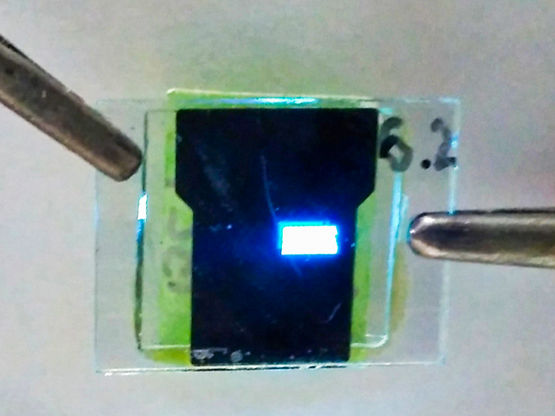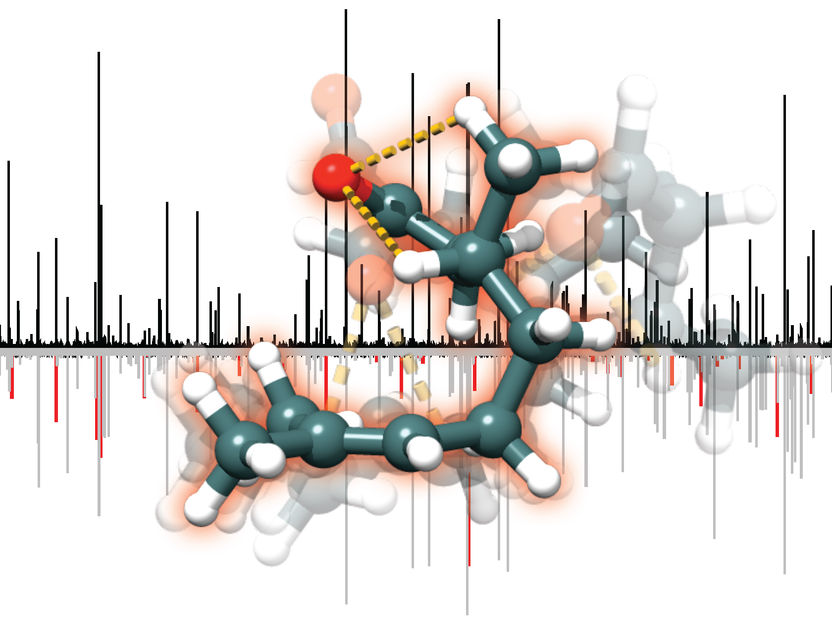Personal care products are possible sources of potentially harmful parabens for babies
Through lotions, shampoos and other personal care products (PCPs), infants and toddlers are likely becoming exposed to potentially harmful substances, called parabens, at an even higher level than adult women in the U.S., researchers have reported. They published their findings on parabens, which have been linked to reproductive and other health issues, in the ACS journal Environmental Science & Technology.
Kurunthachalam Kannan and Ying Guo point out that the substances called phthalates and parabens are used in a wide range of products, from medical devices to children’s toys, as well as PCPs. Phthalates hold in moisture; parabens are used as preservatives. Most people are exposed to them every day — for example, data from the U.S. Centers for Disease Control and Prevention suggests that more than 90 percent of the population is exposed to these substances. The body breaks them down quickly, but both have been detected in urine, breast milk and blood. Research suggests a link between these substances and health issues in animals and people, such as sperm damage, breast cancer and an increased risk for asthma. In previous studies, Kannan’s team found that food and indoor dust contributed to phthalate exposure to varying degrees, but paraben exposure was low. Now it was time for them to look at a third route of possible exposure — the use of PCPs.
They collected 170 samples of makeup, lotions, shampoos and other products, including 20 items for babies, and tested them for nine phthalates and six parabens. Both substances were found in PCPs. In baby products, phthalate concentrations were low, but parabens were common. When the researchers calculated possible exposure levels, they estimated that the potential daily skin exposure to parabens by infants and toddlers could be as much as two to three times higher than that for adult women.
Other news from the department science

Get the chemical industry in your inbox
By submitting this form you agree that LUMITOS AG will send you the newsletter(s) selected above by email. Your data will not be passed on to third parties. Your data will be stored and processed in accordance with our data protection regulations. LUMITOS may contact you by email for the purpose of advertising or market and opinion surveys. You can revoke your consent at any time without giving reasons to LUMITOS AG, Ernst-Augustin-Str. 2, 12489 Berlin, Germany or by e-mail at revoke@lumitos.com with effect for the future. In addition, each email contains a link to unsubscribe from the corresponding newsletter.
Most read news
More news from our other portals
Last viewed contents
Merck Generates Record Sales

Scientists have developed fluorophores that are 2.4 to 20 times more intense than analogues - The new material will help improve displays on smartphones, computers, and televisions
Lehmstedt-Tanasescu_reaction
Nanobiotechnology
Coronium
Dihydrogen_monoxide_hoax

Unexpected flexibility found in odorant molecules - High resolution rotational spectroscopy reveals an unprecedented number of conformations of an odorant molecule – a new world record!

In control of chaos: On the hunt for high entropy crystals - Special synthesis device can test many different chemical mixtures one after the other, as if on an assembly line




























































